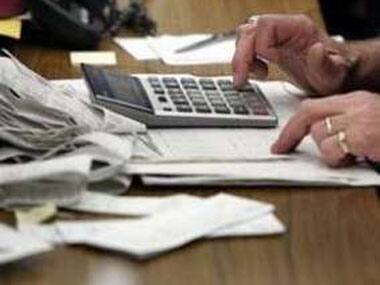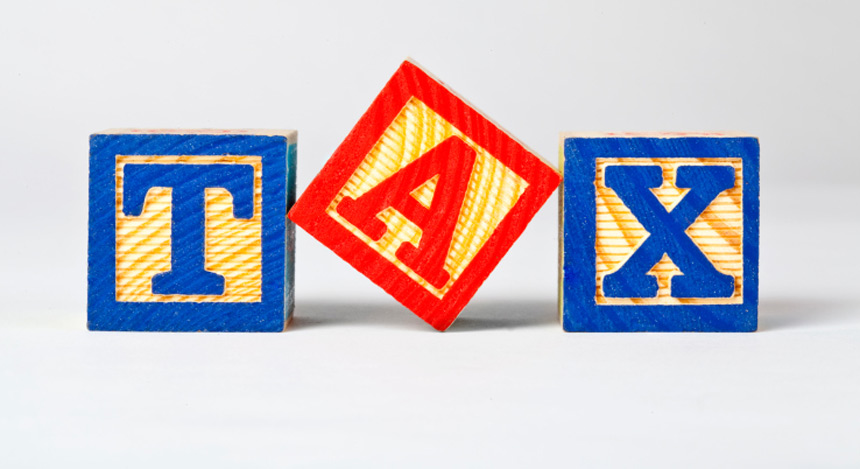[caption id=“attachment_76538” align=“alignleft” width=“860”]  Indirect Taxes: Chidambaram has said the government can cut indirect taxes such as excise duty and service tax without Parliament’s approval through a notification. In the past, both NDA and UPA governments have announced indirect tax cuts through vote-on-account.[/caption]
[caption id=“attachment_76531” align=“alignleft” width=“860”]  Will the government be able to meet its 4.8% fiscal deficit target for FY14? The government had said earlier that below-estimated indirect tax collections, potentially higher subsidy requirements, and uncertainty on account of divestment receipts will make it difficult to meet the target. Thinkstock Images[/caption]
[caption id=“attachment_76532” align=“alignleft” width=“860”]  Market participants will closely watch the FY15 fiscal deficit target, which will determine the size of market borrowing for the next fiscal year. The target is widely expected to be set at 4.2 percent of the GDP, in line with the fiscal consolidation plan outlined in October 2012. Thinkstock Images[/caption]
[caption id=“attachment_76533” align=“alignleft” width=“860”]  FY15 GDP: According to Standard Chartered report, India is likely to see a GDP growth of 5.3 percent in FY15. FICCI estimates FY15 GDP to be between 5 percent and 5.5 percent. India can clock GDP growth of 5.5-6.5 percent in FY15 if things improve, and most of it will be visible after elections when clarity on governance comes in, feels HSBC.[/caption]
[caption id=“attachment_76534” align=“alignleft” width=“860”]  Expenditure cuts: Chidambaram is likely to cut expenditure to meet the fiscal deficit target. The government had reduced plan expenditure by Rs 90,000 crore in the last four months of FY13. According to a Reuters report, the government is expected to cut budgeted expenditure by Rs 55,000-65,000 crore in sectors like roads, metro rail, defence and power sectors to meet the deficit target. Think stock Images[/caption]
[caption id=“attachment_76535” align=“alignleft” width=“860”]  Gold imports: India is likely to see less than 500 tonnes of gold import in the FY14 if the government does not relax the import restrictions, according to an industry body. In 2012-13, gold imports stood at 845 tonnes. To contain the rising gold imports, the government had increased customs duty on the yellow metal three times in 2013. The levy currently stands at 10 percent[/caption]
[caption id=“attachment_76536” align=“alignleft” width=“860”]  Borrowing target: Standard Chartered Bank estimates the government will announce gross borrowing for 2014-15 of Rs 5.8-6 trillion, based on the government’s fiscal deficit target of 4.2 percent of GDP. Thinkstock Images[/caption]
[caption id=“attachment_76537” align=“alignleft” width=“860”]  Subsidy burden:The government will give details on the quantum of subsidies to be rolled over to FY14 -15. The subsidy bill (oil, food and fertiliser) is likely to touch near Rs 3 lakh crore in 2013 -14, against a budgeted target of Rs 2.21 lakh crore. The likely increase in the fertiliser subsidy post gas price hike, which will be implemented from April 1 is an important caveat to see things on the expenditure front.[/caption]


)
)
)
)
)
)
)
)
)



